The Return of the Running Board

Gordon Buehrig’s design of the Cord 810/812 was revolutionary for its day. One innovation was that it lacked running boards, something automobiles had featured almost since the dawn of the motoring age. I’m guessing that the origin of running boards has to do with the fact that in the early days car bodies were typically mounted right on top exposed frame rails, putting the body up high, and the running boards were used as step to get up into the interior. From a design standpoint, they also visually connected the front and rear fenders, creating one flowing line. What was stylish in 1913, though, wasn’t necessarily au courant in the mid 1930s. Also automotive design started getting more formally established in the 1930s, with GM and Ford both having in-house design staffs by the end of that decade. Based on the then young science of aerodynamics and the related streamlined aesthetic, new shapes started appearing on cars.
1937 Cord 812 Roadster
One of the clearest points of departure was the lack of running boards. By the end of the 1930s they were seen as old-fashioned, an impression that was helped along by the Cord and other futuristic designs of the day. The Pierce Arrow Silver Arrow show cars from 1933 had bodies with mostly slab sides (except for the rear fenders) and no running boards. The five ’33 Silver Arrows that were built were so revolutionary that the production Silver Arrow of 1935, which borrowed styling from the show car, still had footboards.
Another show car, perhaps the most important prewar show car because it was General Motors’ first “concept” car, Harley Earl’s Buick Y Job of 1937, also lacked running boards.
By the end of the decade, with the introduction of the smooth sided production 1939 Lincoln Continental, running boards were on their way out.
It would take until after World War II for the transformation to be complete, but as far as I know, no all-new postwar car designs had running boards.
The growth of the SUV market brought running boards back to make it easier to climb in and out of utility vehicles’ high seating positions, but those are trucks and we haven’t seen anything like that on cars, until recently. Ironically, what is bringing door sills on cars back is what got rid of them in the first place, aerodynamics. Back in the 1930s, designers were going more by common sense than by using wind tunnels, and a smooth, streamlined look seemed logical and was indeed consistent with what early aerodynamicists like Paul Jaray were espousing. Today, however, automotive designers know that smooth isn’t always aerodynamic. Just look at all of the odd appurtenances hung on modern Formula One racers, and high performance road cars have sprouted spoilers and splitters as well. Now side sills, which cosmetically look pretty much like running boards, are starting to appear as well.
The Ferrari LaFerrari has what some call undertray sill extensions. Those are narrow compared to carbon fiber sills on the McLaren P1, essentially continuations of the splitter up front.
The McLaren P1 and Ferrari LaFerrari hybrid supercars both have aero effective side sills, and if you look at the photos from last week’s reveal of the all-new 2015 Mustang, it has sills as well. I’ll have to wait to find out from Ford engineers if those side sills are actually aerodynamic or just for looks, but whichever they are, they look aero and no car designer ever minded his or her design being associated with the look of a much more expensive car (Tesla designer Franz Von Holzenhaus told me that his Model S “looks completely different” from the front end of current Maseratis, but he smiled broadly when doing so). Since car designers (and their bosses) are some of the most faddish people on the planet, I think we can expect more running boards, er, aerodynamic side sills to proliferate on performance cars and those with sporting aspirations. We’ll be seeing the Z06 version of the new C7 Corvette next month at the NAIAS in Detroit. The ZR1 version of the C6 ‘Vette had sills and from the teaser photo that GM has released it looks like the next Z06 will have aero “running boards” as well.
Ronnie Schreiber edits Cars In Depth, a realistic perspective on cars & car culture and the original 3D car site. If you found this post worthwhile, you can get a parallax view at Cars In Depth. If the 3D thing freaks you out, don’t worry, all the photo and video players in use at the site have mono options. Thanks for reading – RJS

Ronnie Schreiber edits Cars In Depth, the original 3D car site.
More by Ronnie Schreiber
Latest Car Reviews
Read moreLatest Product Reviews
Read moreRecent Comments
- Probert They already have hybrids, but these won't ever be them as they are built on the modular E-GMP skateboard.
- Justin You guys still looking for that sportbak? I just saw one on the Facebook marketplace in Arizona
- 28-Cars-Later I cannot remember what happens now, but there are whiteblocks in this period which develop a "tick" like sound which indicates they are toast (maybe head gasket?). Ten or so years ago I looked at an '03 or '04 S60 (I forget why) and I brought my Volvo indy along to tell me if it was worth my time - it ticked and that's when I learned this. This XC90 is probably worth about $300 as it sits, not kidding, and it will cost you conservatively $2500 for an engine swap (all the ones I see on car-part.com have north of 130K miles starting at $1,100 and that's not including freight to a shop, shop labor, other internals to do such as timing belt while engine out etc).
- 28-Cars-Later Ford reported it lost $132,000 for each of its 10,000 electric vehicles sold in the first quarter of 2024, according to CNN. The sales were down 20 percent from the first quarter of 2023 and would “drag down earnings for the company overall.”The losses include “hundreds of millions being spent on research and development of the next generation of EVs for Ford. Those investments are years away from paying off.” [if they ever are recouped] Ford is the only major carmaker breaking out EV numbers by themselves. But other marques likely suffer similar losses. https://www.zerohedge.com/political/fords-120000-loss-vehicle-shows-california-ev-goals-are-impossible Given these facts, how did Tesla ever produce anything in volume let alone profit?
- AZFelix Let's forego all of this dilly-dallying with autonomous cars and cut right to the chase and the only real solution.



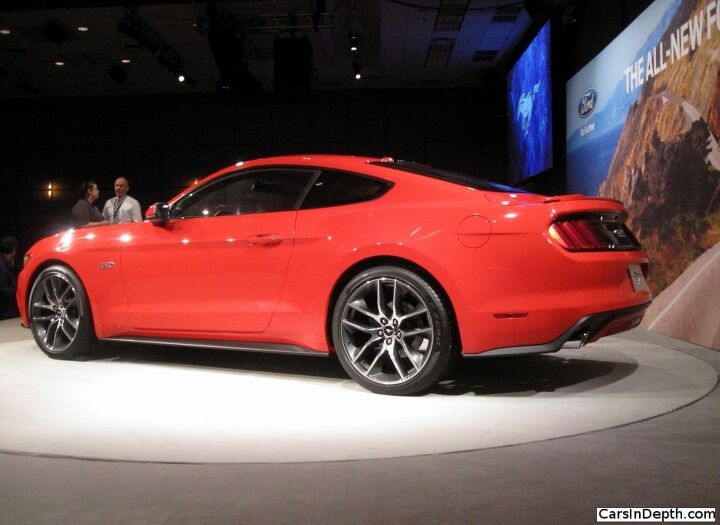






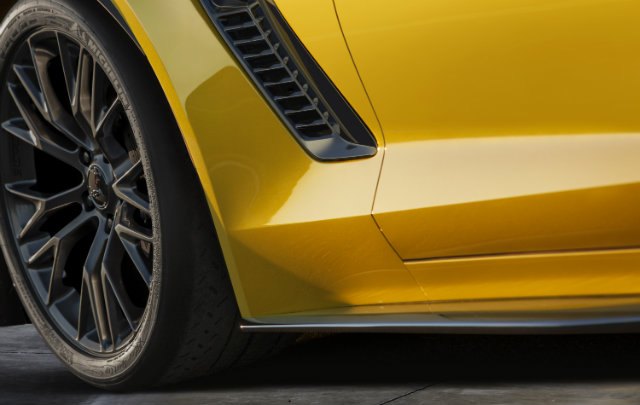

















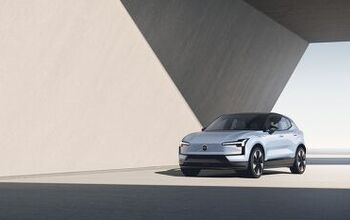
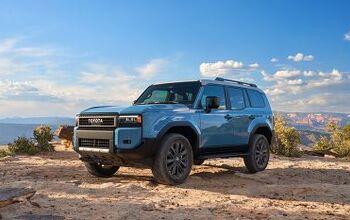


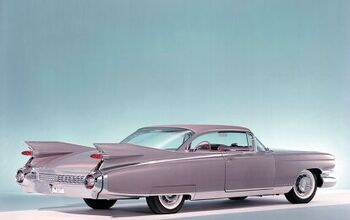
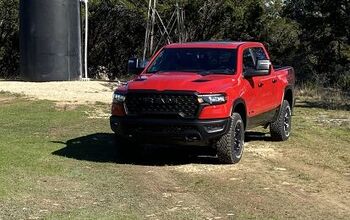







Comments
Join the conversation
So, when is a running board not a running board and just a stylish effect? To me they are different things. A running board is a functional appendage that assists with entry and egress of the vehicle. It can be stylish and it can have a dual purpose as a type of mud flap. The other is a stylish sill or splitter extension that serves no real function but may aid in the aerodynamics of the vehicle. I'm just not seeing the relationship of the two.
You know, this is the only site that ever posts anything about the historical and technical aspects of car design. I appreciate these and the Vellum Venom series quite a lot.